


© Copyright Mike Fernandes 2013
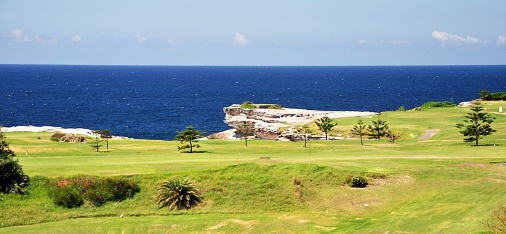
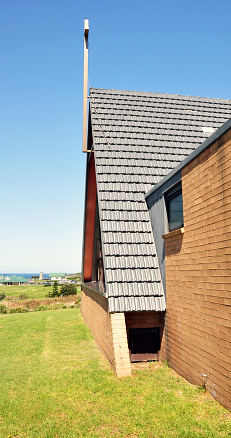
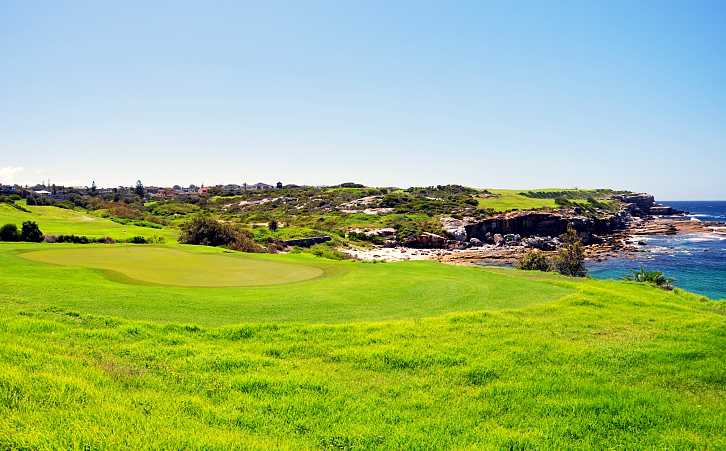
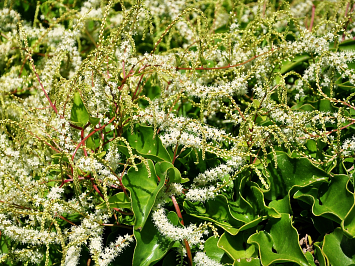
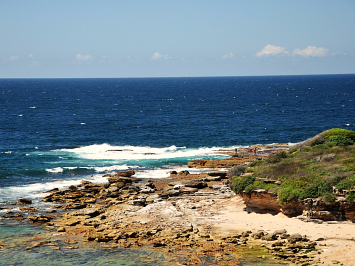
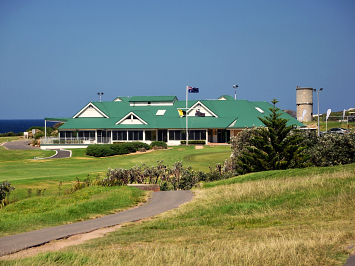
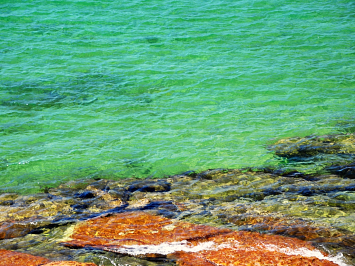
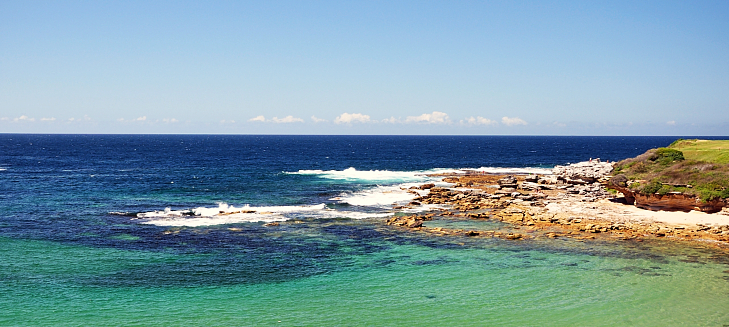
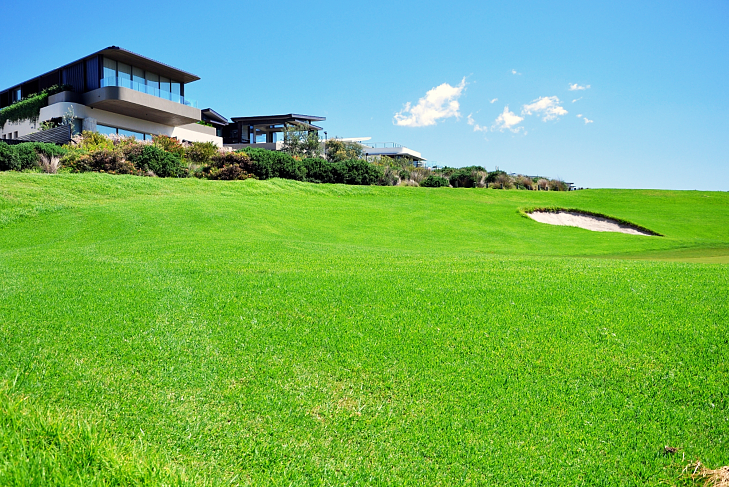

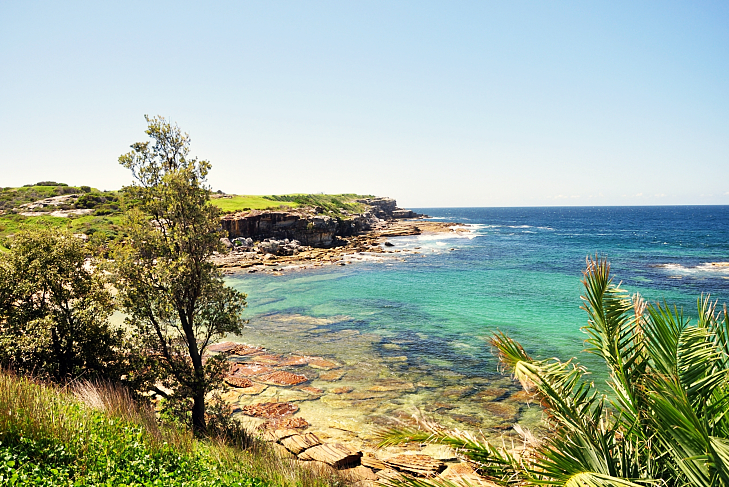
Little Bay has an extensive coastline located on the
south east of Randwick City and is bounded by Malabar
to the north, Chifley and Phillip Bay to the west, and
La Perouse to the south.
The suburb includes the University of New South Wales’
Little Bay Campus, The Coast, St Michael’s and
Randwick, Golf Courses, and the The Coast Hospital site
which has been developed for housing, local shops,
community facilities and open space. The suburb also
includes the northern part of the Botany Bay National
Park.
A rock bathing pool known as Little Bay Rock Pool or
Little Bay Baths was created from beach rocks at the
southern end of the beach in the early 1900s to provide
safe shark-free bathing for nurses resident nearby at
the Coast Hospital. The pool is still partially intact.
Rock fishing is very popular at Little Bay, but the
sport is extremely dangerous with several deaths
occurring each year.
Prior to 1990 when the Malabar Deep Ocean Outfall
commenced operation, Little Bay, was increasingly
polluted by sewage. The water was brown and fat was
deposited on the sand and rocks, making them slimy and
smelly. Since the deep ocean outfall came into
operation the beach became significantly cleaner within
a very short space of time. Today, Little Bay is
consistently one of the cleanest beaches in Sydney.
History of Little Bay
Archaeological studies of Aboriginal occupation in the
area around Little Bay prior to the establishment of
“The Coast” Hospital have uncovered a diverse
collection of middens, open campsites, rock engravings
and axe grinding grooves.
George Bass, in his open whaleboat with a crew of six,
anchored off Little Bay beach on the evening of 3
December 1797 at the commencement of his first major
voyage of discovery in the waters of southern
Australia.
He referred to the bay in his journal as “Little
Harbour”.
During Sydney’s smallpox outbreak in 1881-82, a “tent
city” was established as a makeshift camp to isolate
sufferers of the disease. Further smallpox outbreaks
and a typhoid epidemic convinced the government to
build a permanent hospital here to treat infectious
diseases.
Little Bay was an ideal location because it was still
close enough to Sydney yet isolated from the general
population.
During the bubonic plague in Sydney of 1900 the Coast
Hospital, as it came to be known, was particularly
valuable and then again when soldiers returning from
Europe brought the influenza virus back in 1919.
The Coast Hospital was named Prince Henry Hospital in
1934 in honour of the Duke of Gloucester.
In 1959 teaching hospitals were established for the
University of NSW and the University of Sydney at
Little Bay.
In 2001 hospital services were transferred to the
Prince of Wales Hospital in Sydney and the hospital
site was made available for residential use.
Two landmarks still remain from the hospital days. One
is the Coast Cemetery where two thousand people are
thought to be buried. The cemetery was taken over by
the National Parks and Wildlife Service of New South
Wales when the Botany Bay National Park was created.
Another landmark is the War Memorial Chapel, an
interdenominatonal place of worship which overlooks
Little Bay. It was destroyed by fire in October 1981,
but was subsequently restored. Outside the chapel is a
display of memorial plaques dedicated to former staff
of the hospital.
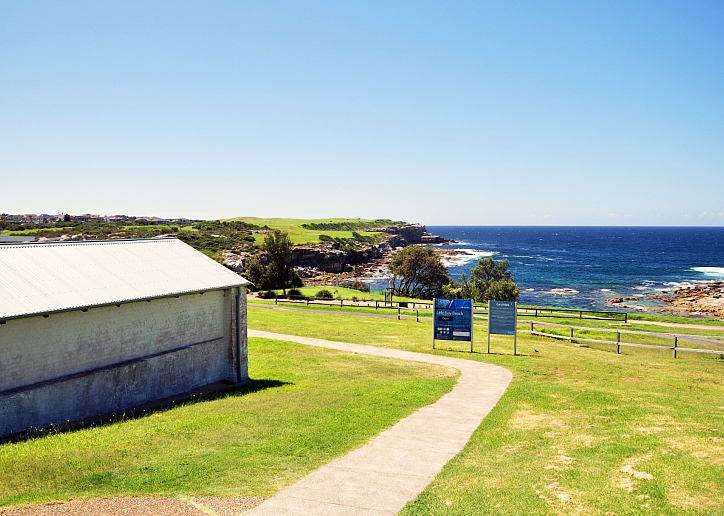








Little Bay

Custom Search



























